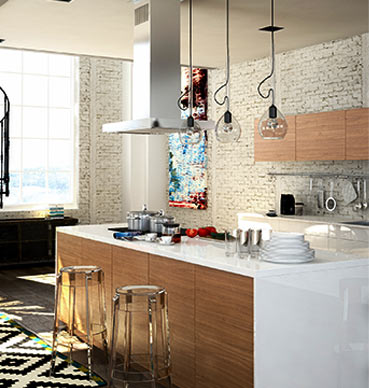Things You Can Do To Your Home When...
Image Credit: Pexels
The comfort and convenience of assisted living may just be what you need to live your golden years to the fullest. You get to maintain your autonomy in a home setting while receiving the care and assistance you need for day-to-day functions. Better still, you can socialize with fellow seniors and enjoy various activities to keep you active and entertained.
So, the question remains: What should you do
with your former home? Remember that you worked hard
most of your life to build this house for yourself and your family. And while
the lifetime of memories you created in it may seem like more than enough,
there are still more rewards to be reaped from your beloved home.
Sell It
According to a recent report on real estate trends, boomers
between 54 and 72 years old make up 43 percent of home sellers. This indicates
how seniors are downsizing and cashing in on their home investments to fund
their retirement in assisted living facilities and the like.
Selling your home comes with myriad benefits.
It may no longer fit your lifestyle and mobility. Maintenance may also be too
much work and too expensive when you have no fixed monthly income. Factor in
expenses like utilities and property taxes and you might end up spending more
than what you’ve got coming in. With these in mind, selling your home would be
a sound decision, indeed, especially when you do so at a profit.
On the flip side, this could be emotionally difficult for you as it means
leaving your comfort zone. Not only that, but it’s also possible that you could
end up selling at a loss. Furthermore, if your home is still mortgaged, this could open up a whole
other can of worms.
It goes without saying that you need to get
the most out of selling your home. Consider the housing market in your area to
get an idea of your potential proceeds. You can then work on increasing the
value of your home by making improvements to it. Start by removing clutter and
deep cleaning, as well as getting walls repainted and flooring and
carpeting replaced. Outside, you can increase curb appeal by sprucing up the facade and
tidying up your landscaping.
Rent It Out
If you find that selling your home is not a
feasible option, you can look into renting it out. By doing so, you’re assured
of a regular source of income. Not only would this help cover property-related
expenses such as a mortgage, insurance payments, and taxes, but it might also
take care of your assisted living and care bills.
The downside is that renting out your home
will entail a considerable amount of work. For one thing, navigating the
financials could be a hassle with tax laws and zoning ordinances to consider,
as well as tenant rights and rent restrictions. For another, you’ll inevitably
need to market your rental, screen tenants, and take care of ongoing
maintenance. This could be more time and stress than you’re up for and might
even defeat the whole purpose of retirement.
Pass It On
Of course, there’s also the option of just
passing on the house to your children and loved ones. After all, they’re
invested in it, too, even just emotionally. Additionally, the home remains in
the family and you can rest easy knowing that it’ll be loved and appreciated.
However, it’s really not as simple as handing over the keys to your kids and
may even come with repercussions.
First of all, by gifting your house to your
child while you’re still living, you invariably also hand over a potentially large tax bill. Moreover, if the house is
still mortgaged, this could create another financial obstacle. Most
importantly, if you are a Medicaid recipient, the property and, by extension,
its new owner might be vulnerable to a process called estate recovery.
Suffice it to say, the options available to
you and your home upon your transition to assisted living are varied with their
own unique pros and cons. With due diligence and careful thought, you can
ensure that your home is in the best hands.
By: Rhonda Underhill






